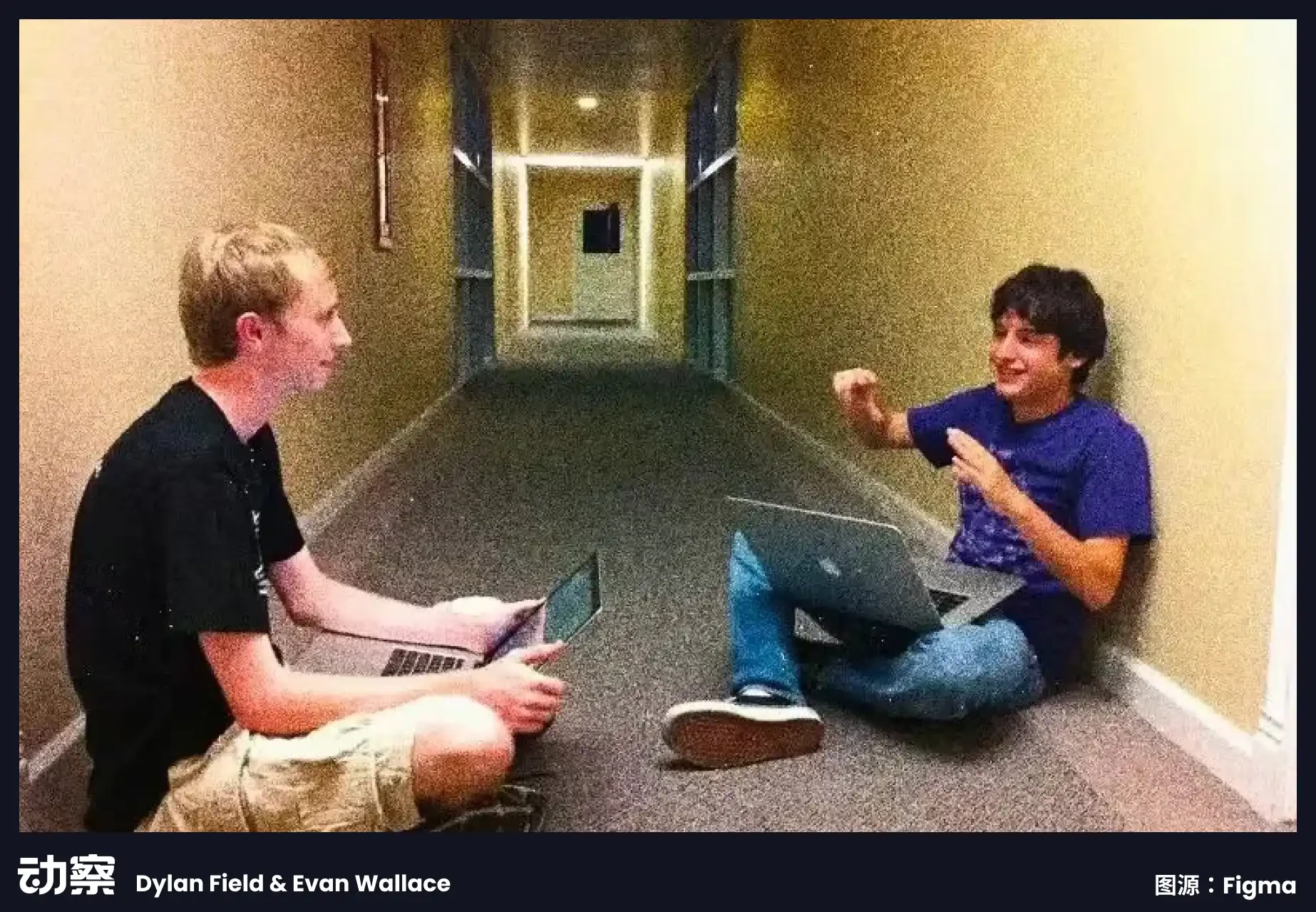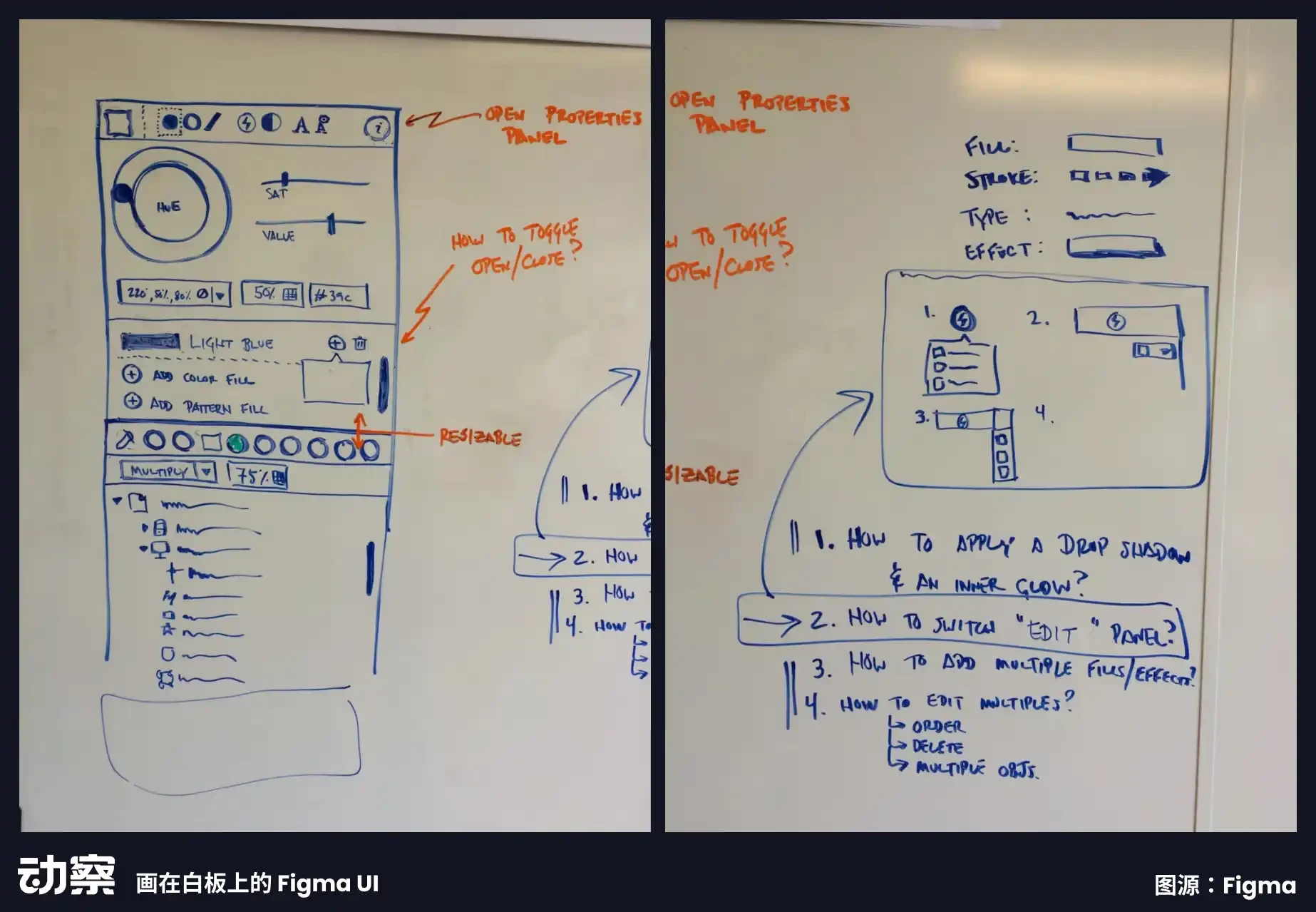Original source: Beating
On July 31, the Silicon Valley design software giant will officially be listed on the New York Stock Exchange, jointly underwritten by first-tier investment banks such as Morgan Stanley, Goldman Sachs, Allen & Co. and JPMorgan Chase. It is one of the most anticipated technology IPOs in 2025.
In the prospectus submitted by Figma, which is about to go public, one sentence caught our attention: the company has been authorized to issue "Blockchain Common Stock." Looking around the world, this practice is the first of its kind.
This isn't Figma's first foray into the crypto world. They previously added a BTC ETF to their balance sheet. Figma's founder, Dylan Field, is one of the few Web 2 entrepreneurs to have been following crypto trends from the very early stages. Therefore, this isn't an opportunistic move, but rather a manifestation of their long-term optimism about crypto.
The world's most cutting-edge companies are demonstrating through their actions that they are gradually embracing crypto technology. We should not underestimate this change. We want to re-examine this company from a more unique perspective: not only its valuation and growth trajectory, but also its product philosophy and capital structure design.
And all of this cannot avoid one person - Dylan Field.
Who is Dylan Field?
In Silicon Valley, almost every sufficiently successful founder has to learn one thing: Becoming the Face of your company.
It's a face that knows when to speak and when to remain silent; a face accustomed to the media spotlight; a face that can say to the camera, "We are changing the world." People are so familiar with this face that sometimes even more than they remember the product he founded.
Dylan Field doesn’t fall into that category.
When you first see him, it’s hard to match him with the “founder of Figma”.
He is a little fat, dresses casually, and used to have slightly long curly hair, looking very much like Leonard in "The Big Bang Theory" without his glasses.
He used to be an actor.
He first stepped onto the stage at the age of five. It was with a small, unassuming California theater troupe, housed in a converted church. The lights flickered, and the backdrops often fell to the floor. He wasn't chosen for his good looks, but because he "could sit still and could read."
In the following years, he took on a lot of performances on and off, had his own agents in the Bay Area and Los Angeles, and starred in commercials for eToys and Windows XP.
His "acting career" came early and ended early, but it subtly influenced his life.
While other children saw the stage as a launching pad for stardom, Dylan remembers the tacit coordination of everyone's shifts, movements, and lines during rehearsal breaks. He says that was his first experience with the power of collaboration: it's not about how well one person performs, but about whether everyone, in the same space, can strike the same rhythm and complete a performance.
This secret clue ran through his entire life thereafter.
He began programming in high school, using Dreamweaver to help friends build websites. He wasn't one of those Silicon Valley prodigies who created apps as teenagers, nor did he write blogs about how to create a hit product in three days. Later, when he enrolled at Brown University, he considered other avenues. He took political science courses, considered a career in law, and even considered returning to acting.

During his junior year, he met Evan Wallace, the future co-founder of Figma.
Wallace is his classmate, a WebGL geek who created a browser rendering demo called Water. The rippling water was smooth and natural. WIRED called it "one of the most impressive WebGL demos."
Dylan was stunned. But it wasn't the visuals that captivated him, but the underlying logic: If graphics could be rendered seamlessly in a browser, could design be done in the browser as well? Could collaboration be possible?
He recalled the feeling of rehearsing a play—you take a step, I respond with a beat. Could design be like a performance, without the need for transferring files or comparing app versions, where, on a single page, a few cursors would sync with each other, flowing like a rehearsal or performance?
In an era when everyone was talking about growth hackers, hit formulas, and virality, this narrative sounded very un-Silicon Valley.
However, many years later, Figma became a collaboration platform with a valuation of over $10 billion and eventually went on the IPO stage.
In an era that encourages high-profile projects and bets on narrative, why was Dylan Field, with Figma, the last one left?
Entrepreneurs who stay away from the trend
Back in 2012, Dylan Field received the Thiel Fellowship Scholarship established by Paypal co-founder Peter Thiel and became one of the 20 young people who were allowed to drop out of school.
He was 20 years old that year, and he dropped out of Brown University. With the $100,000 bonus he received, he rented a studio in Silicon Valley and prepared to start a business. But at that time, he didn't know what to do.
It's not that he didn't have ideas, but none of them were feasible. Drone traffic monitoring, graphics editing, animation generation... During that time, he could only experiment and guess, trying to figure out what he was good at and find a direction that would truly work.
Dylan rarely talks about these failures. He's not one to turn failures into turning points, nor is he interested in packaging early turmoil as "necessary for growth." He simply notes the problems and moves on.
There is one thing he never lets go: Can the browser platform support more complex collaborative behaviors?
That idea was planted during his internship at Flipboard. During that internship, he first realized that an on-screen interface could be as smooth and elegant as a printed magazine. From then on, he began to wonder: If the reading experience could be redesigned, could the collaborative experience also be redesigned?
It wasn't a hot area. Back then, the mobile market was booming, the App Store was booming, the ride-hailing wars were raging, and growth hacking was a buzzword investors loved to hear. Browsers seemed outdated, and collaboration wasn't a word that could justify a high valuation.
Instead of chasing hot topics, he delved deeper into the collaborative experience: could the logic of how people work together be incorporated into the browser? Could it be designed like a system?
Although their direction wasn't finalized at the time, after repeated discussions and trial and error, the word "collaboration" became the logical starting point for their entrepreneurial journey, and all their ideas revolved around it. It was like returning to the theater of their childhood performances, everyone in the same space, stepping to the same rhythm, completing a performance.
After that, they gradually tightened their direction and began to build the framework of Figma step by step around the three points of "browser + real-time collaboration + UI design".

Dylan isn't the type to foresee the "end game" early on. He doesn't shout interstellar plans from Day 1 like Elon Musk, nor does he paint "closed-loop" ecosystems like so many other entrepreneurs do on the deck. Rather, he's more like someone who starts scribbling lines in the middle of a blank sheet of paper, only to discover as he goes on that they've formed a treasure map.
There is also an interesting coincidence. Two years after Dylan received the Thiel Fellowship, Ethereum founder Vitalik Buterin also received the Thiel Fellowship.
Vitalik went on-chain to redesign the protocol; Dylan stayed in the browser to redefine collaboration. These two systematists, entering the digital world from different perspectives, sought to answer the age-old question in different ways: How do we work together?
But Dylan didn't become a blockbuster like Vitalik.
He didn't have a dazzling theory, nor was he riding any wave of the trend. He simply pondered a question: Why couldn't design software be as collaborative as the web? Why did it still rely on files, version numbers, and back-and-forth? Why hadn't anyone fixed this?
These problems weren't sexy, didn't tell a good story, and were hard to pitch to investors. But he felt someone had to solve them. That's why he stayed, and that's why Figma was born.
- 核心观点:Figma 首次发行区块链普通股,展现对加密技术的长期看好。
- 关键要素:
- Figma 招股书披露发行区块链普通股。
- 创始人 Dylan Field 早期关注 Crypto。
- 公司已将 BTC ETF 纳入资产负债表。
- 市场影响:推动传统科技公司接纳加密技术。
- 时效性标注:长期影响。



